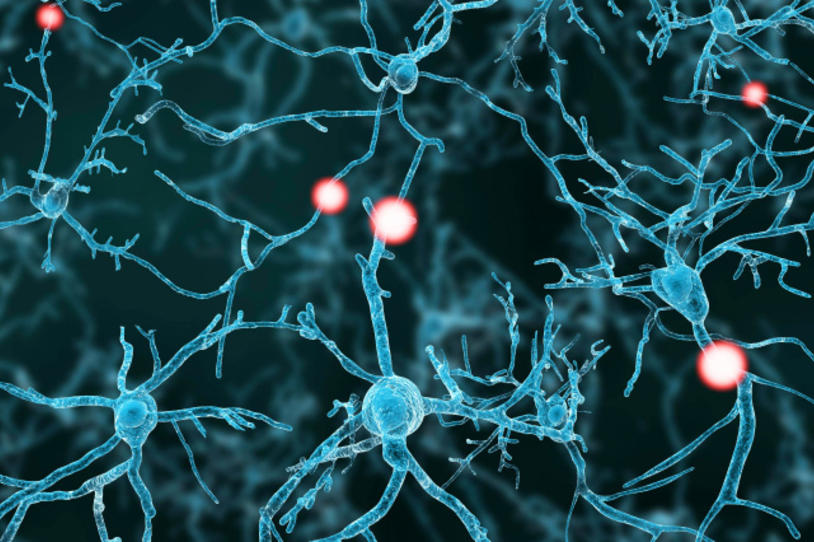
Several years ago, Jim Surmeier, PhD, of Northwestern University, made an important discovery inspired by ongoing work in the lab: He found that hyperactive calcium channels (which are targeted by certain high blood pressure medications) might also stress dopamine neurons, leading them to shut down or die. A lack of healthy dopamine neurons in the brain is the major cause of the motor symptoms of Parkinson’s disease (PD).
“Dopamine neurons rely heavily upon calcium channels to maintain their normal level of activity,” Surmeier told The Michael J. Fox Foundation (MJFF), back in 2008. “We think that the cells’ reliance on calcium to drive this activity creates a lot of ‘wear and tear’ on dopamine neurons — aging them more rapidly than other neurons and making them vulnerable to genetic mutations and other stressors, like environmental toxins.”
If hyperactivity in these channels led to dopamine “wear and tear,” he wondered, could drugs that inhibit this process, namely calcium channel blockers (or new drugs like them), also slow or stop Parkinson’s progression?
It’s a question that Surmeier is getting closer to answering, thanks in part, to funding from MJFF. This week, he and colleagues at Northwestern published a paper in the journal Nature on the development of a new family of compounds resembling existing calcium channel blockers. These compounds target a precise protein in a specific calcium channel called Cav1.3. They’re the first ones to target Cav1.3, which Surmeier’s team believes might have specific ties to PD.
Surmeier’s compounds are similar to an FDA-approved calcium channel blocker that is already in clinical testing for its efficacy as a disease-modifying drug for PD, a drug called isradipine. Tanya Simuni, MD, also of Northwestern, recently announced positive results from a Phase 2 study supported by MJFF into this drug.
But while isradipine provided researchers with a fast way to test Surmeier’s theory (since the drug is already FDA-approved, it was quickly readied for clinical testing), ultimately, improved compounds that target PD specifically, such as Surmeier’s, are likely needed.
The government seems particularly interested in Surmeier’s work: In September the National Institutes of Health announced that he had been awarded a multi-million dollar Blueprint for Neuroscience Research grant for further work on his new compounds.
Surmeier is optimistic his approach could provide an additional option for people with PD. The compounds are still in pre-clinical testing; next steps for his team will be to find out more about their viability in humans. Successful results could then signal a move to the clinic.
But while there’s still a ways to go until either drug could be available on the market, the results announced this week in Nature are encouraging.